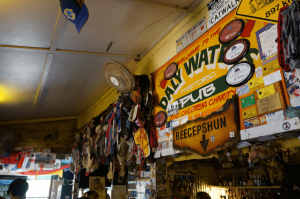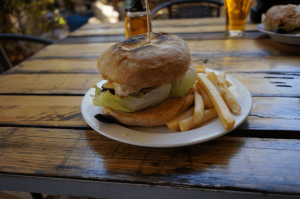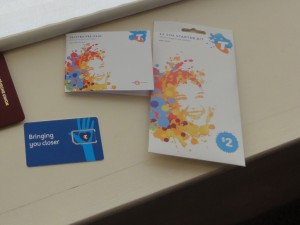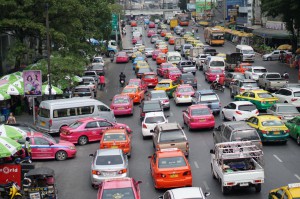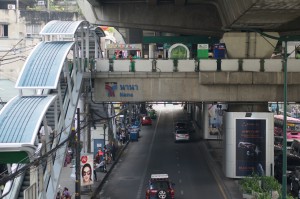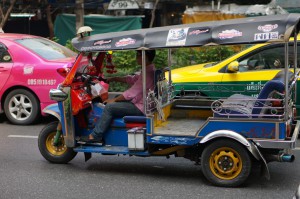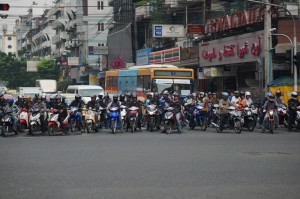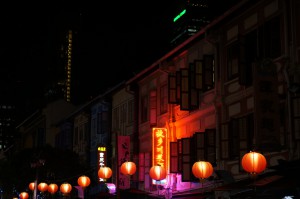Here I am. Back in Bangkok, Thailand. This time staying with a mate in the old town part of the city. Meaning no BTS sky train or MRT station nearby. The only way to get from our hotel to Downtown Bangkok with all the shopping malls (like MBK, Siam Paragon and others), are taxis. Unfortunately many Taxi drivers don’t speak English. So I used the “Bangkok method” to get around.
Getting from hotel to downtown/other places
First look for a small business card of the hotel at the reception desk. This will later be important when you want to go back to the hotel. Most hotels can give you a business id card which contains the address of the hotel in Thai letters and/or a small map of where the hotel is located. DONT FORGET TO TAKE ONE BEFORE LEAVING.
The easiest and simplest way is to ask the reception desk, or if available, the bell manager for a METERED Taxi and tell him/her where you want to go. He/Her will then use his radio to hail a cab for you and tell the driver in Thai where you want to go. This helps to avoid lost in translation situations. 😉
After entering the car make sure the driver turns on the meter. If he doesn’t, insist on it or you may end up with a “special price”, which can be twice or triple the official amount. Side note: One of the drivers offered us 200 THB special price, we insisted on the meter and ended up with 68 THB (rounded up to 70)
When you arrive at your destination round up the price to the next 5 or 10 baht. The drivers often dont have change and apprechiate a small tip.
Getting back to the hotel
Hailing a taxi on the street is an almost impossible mission.
Here’s the easy way: Just go to the next shopping mall.
Most shopping malls have a so called “taxi queue” or taxi stand at the ground level. When arrive at the front of the line give the taxi coordinator the card from your hotel. He will then ask all taxi (or tuk tuk) drivers nearby if anyone wants to take you to your destination. Jump into the one the he/she points at. Other drivers may try to pursway you by smiling or winking at you to take their taxi/tuktuk instead. Be careful this could lead to either a very expensive ride or a trip to an unknown destination.
After entering the taxi handover the card from the hotel to confirm your driver got the right address and double-check that he/she turned on the meter.
When you arrive at your destination round up the price to the next 5 or 10 baht. The drivers often dont have change and apprechiate a small tip.
Tips
- Make sure you have a business card of your hotel
- Double-check that you have all belongigs before leaving the car. Getting it back is an impossible mission.
- Write down/take photo of the vehicle number (often a sticker on the inside of the window) if you want to report any bad incidents to the taxi queue service
- Taxis have different designn (pink, yellow-green, orange), but the metered rates should be the same


